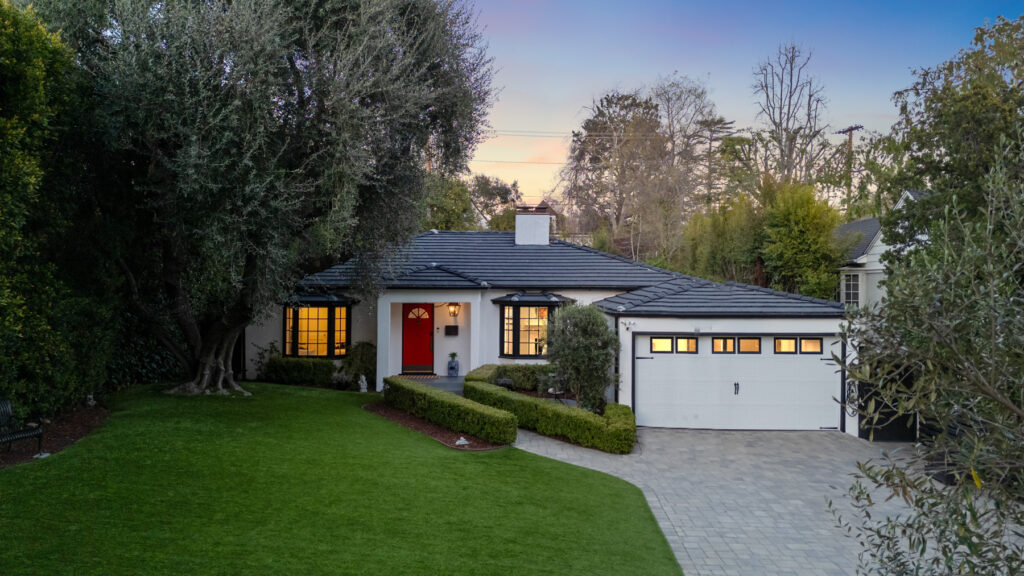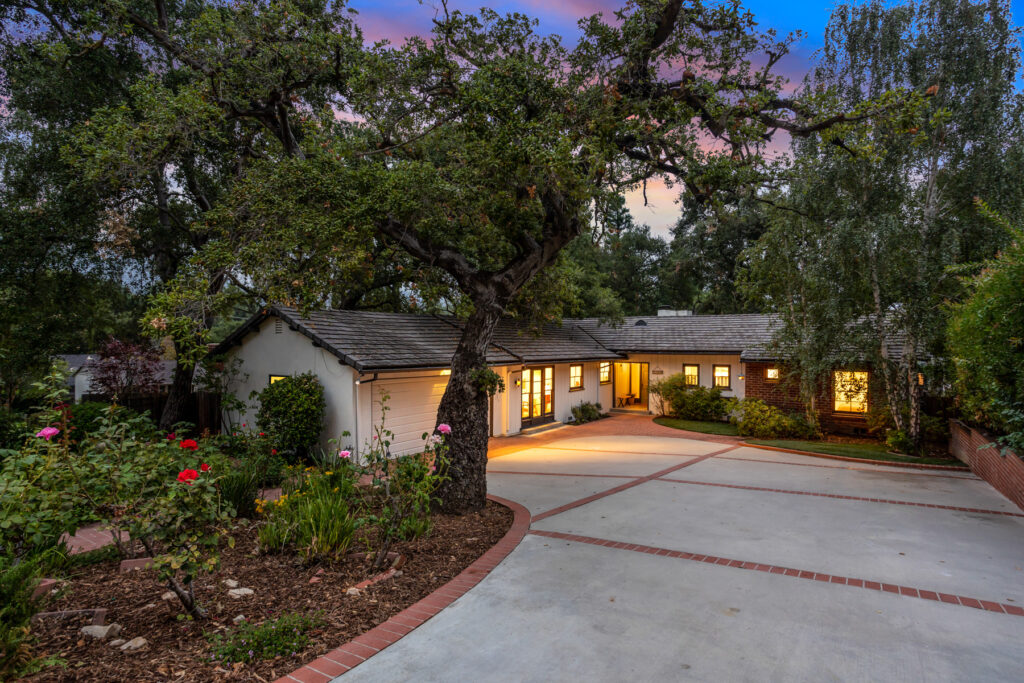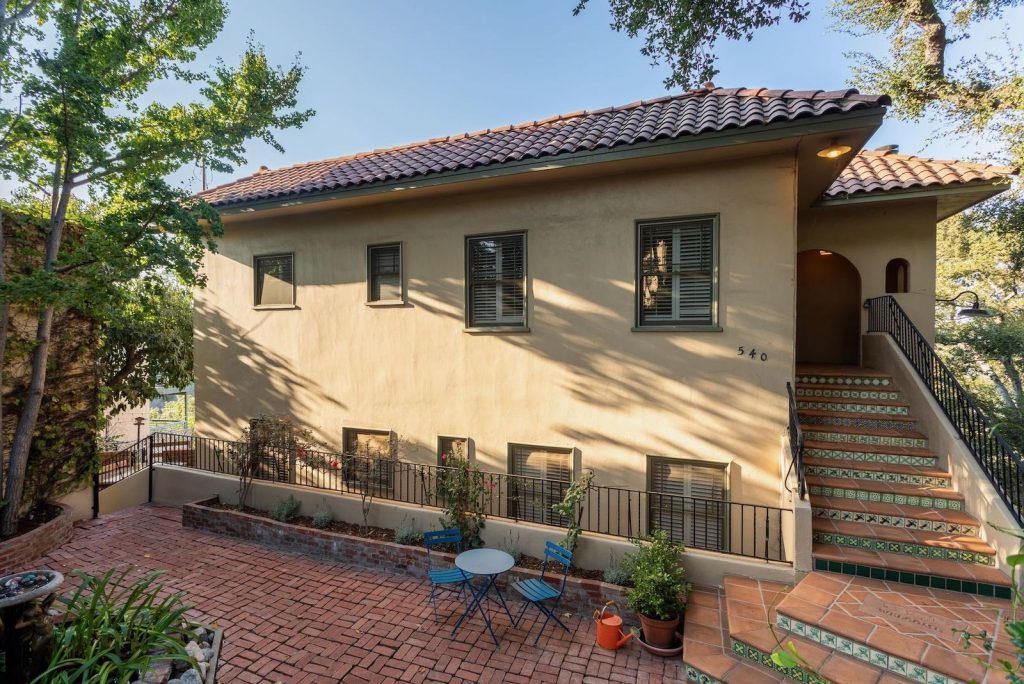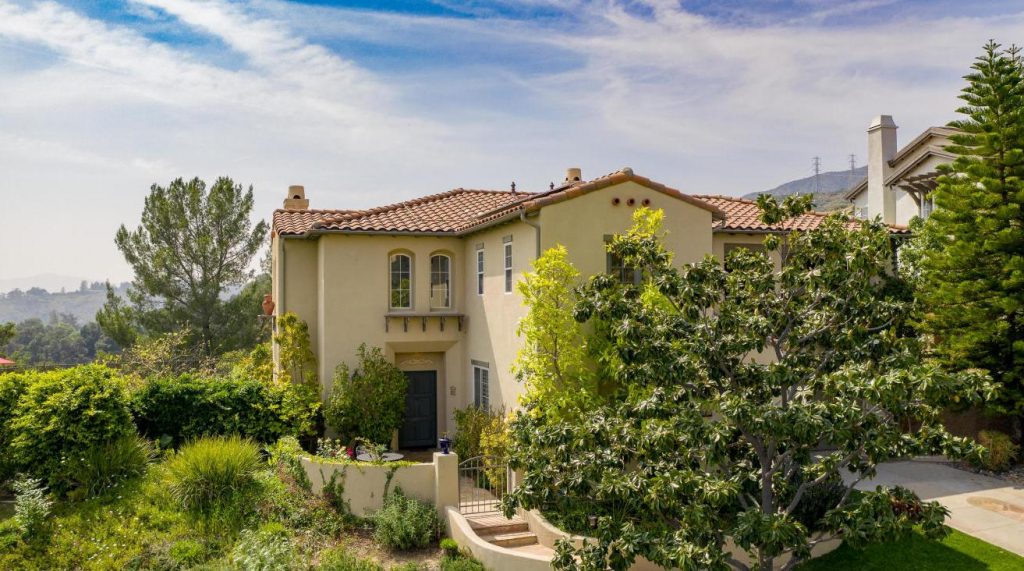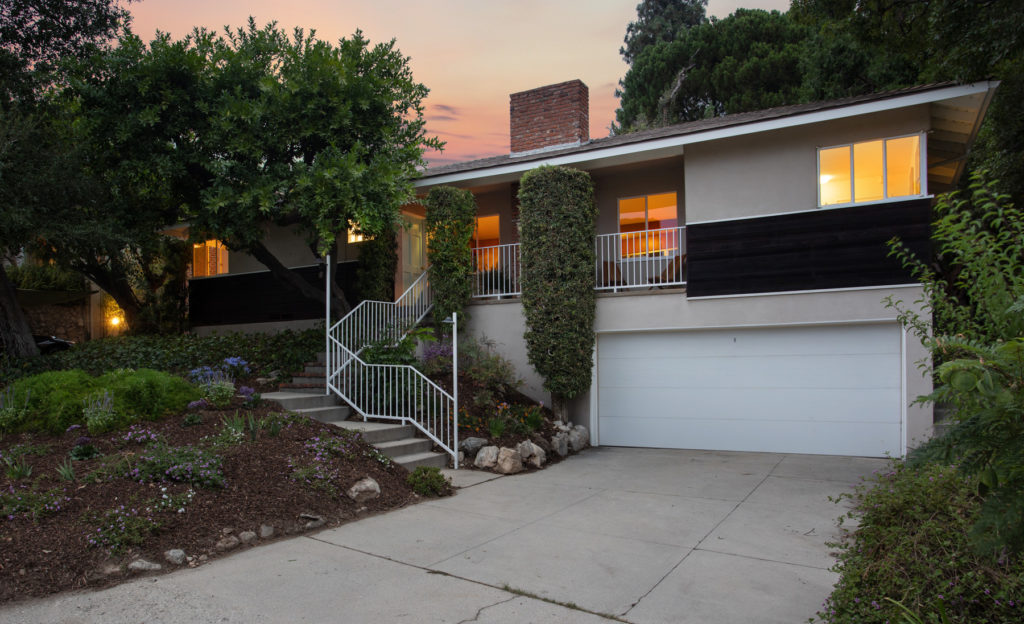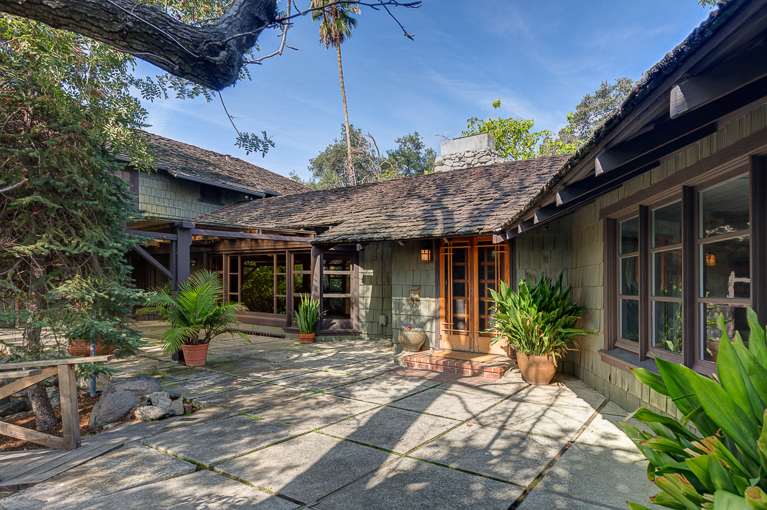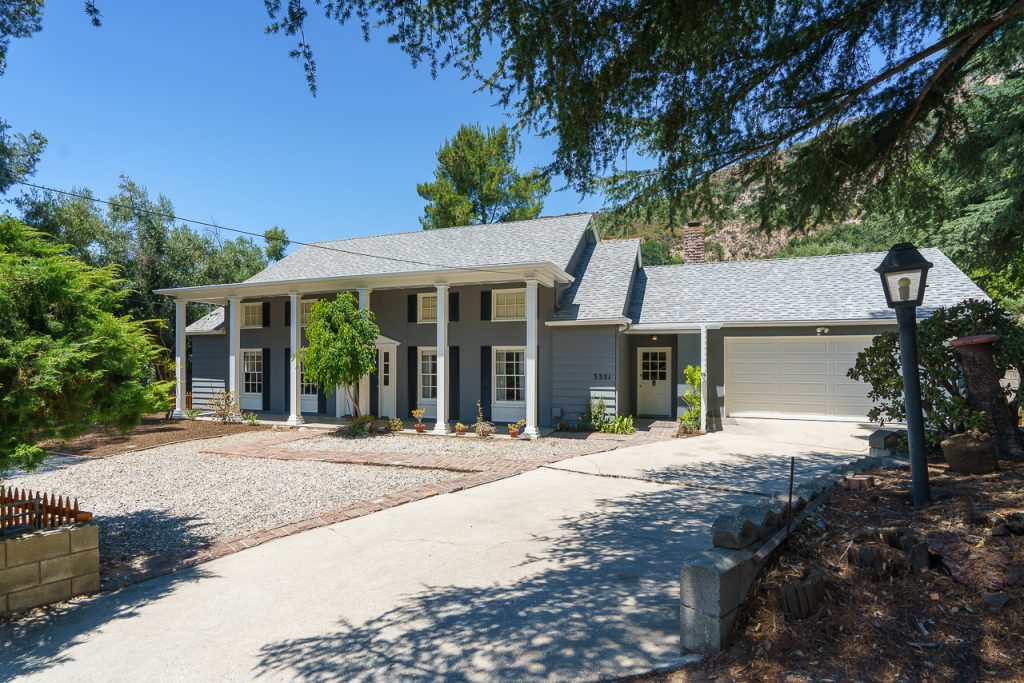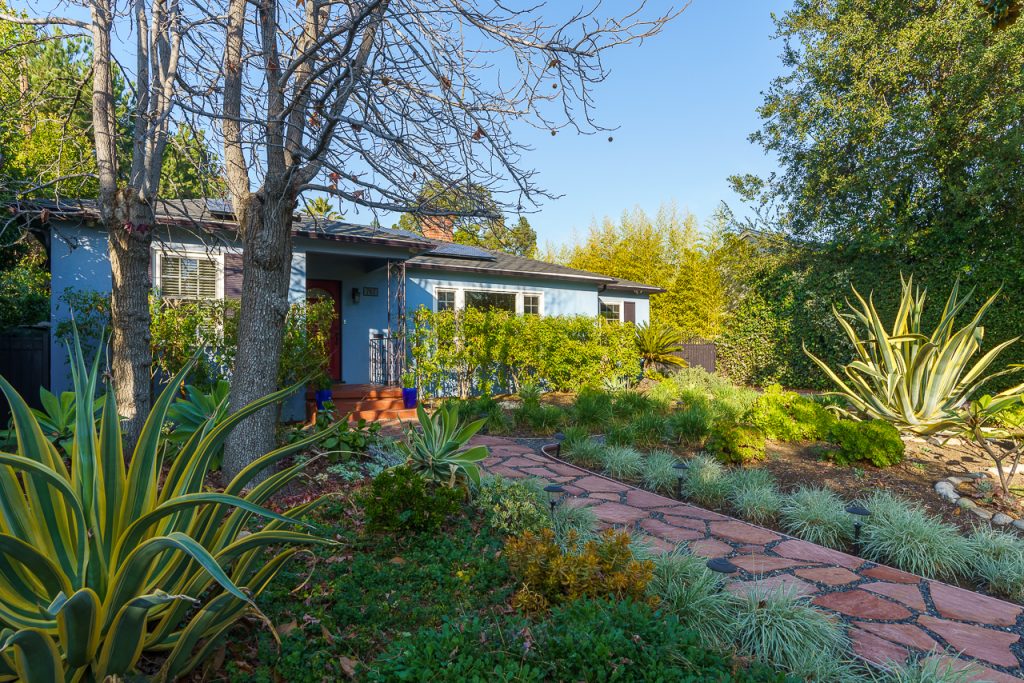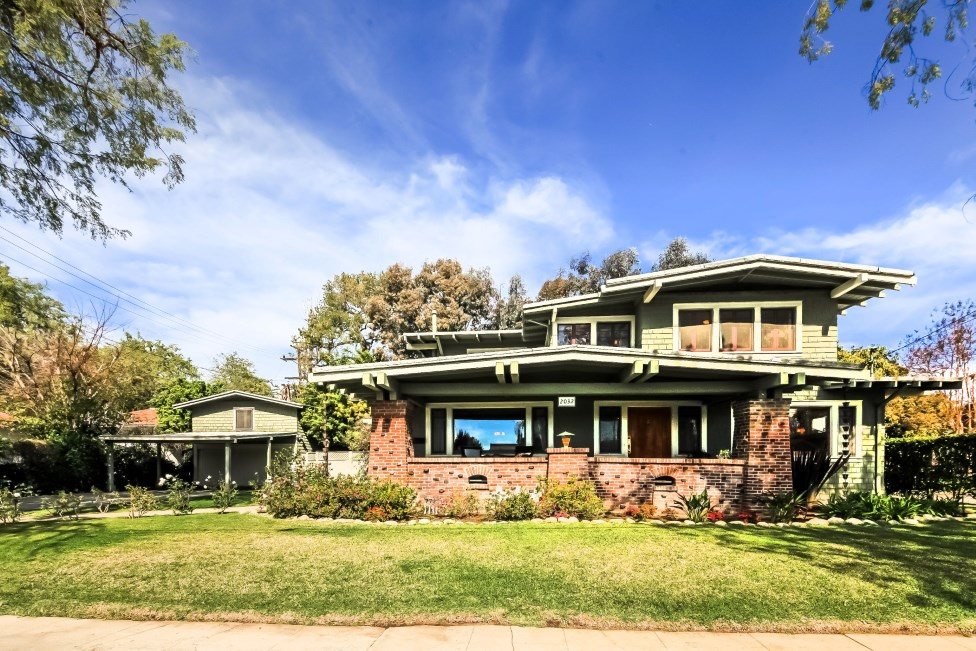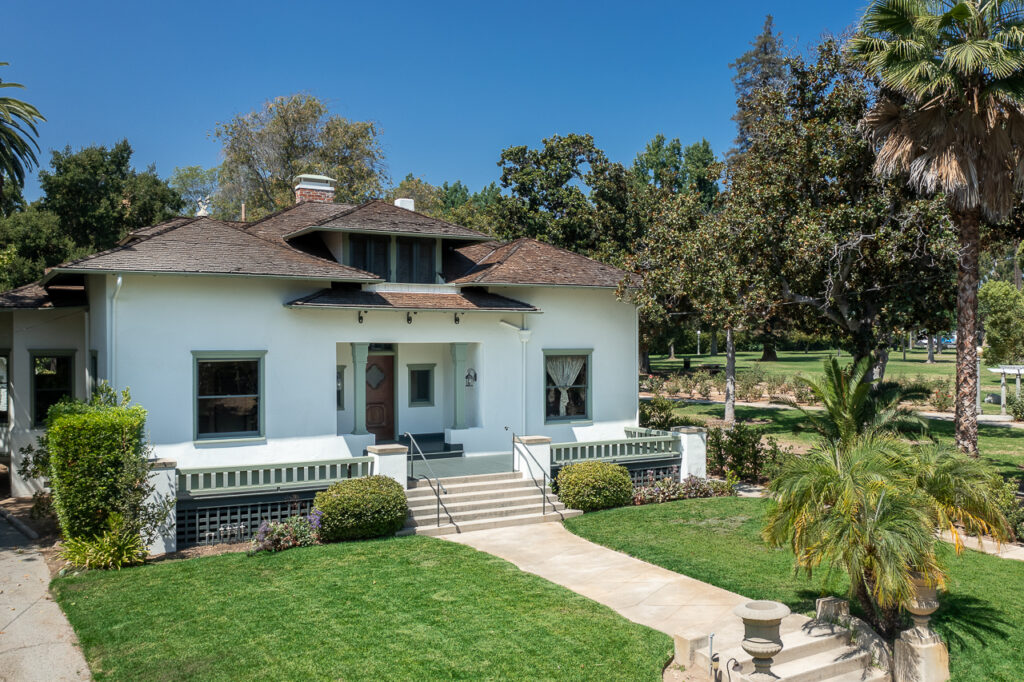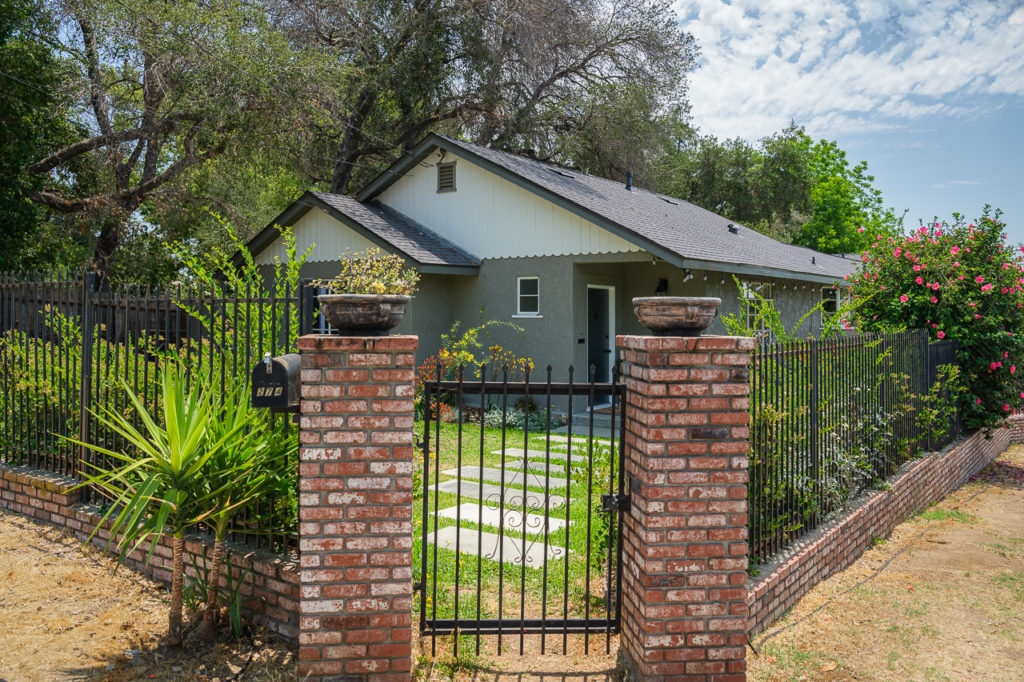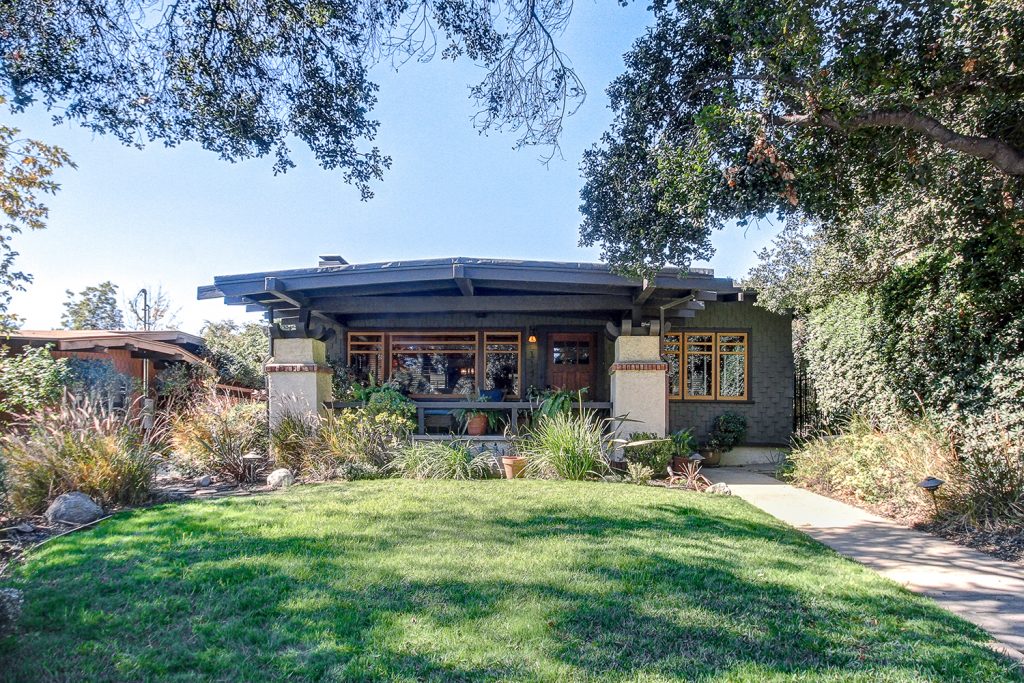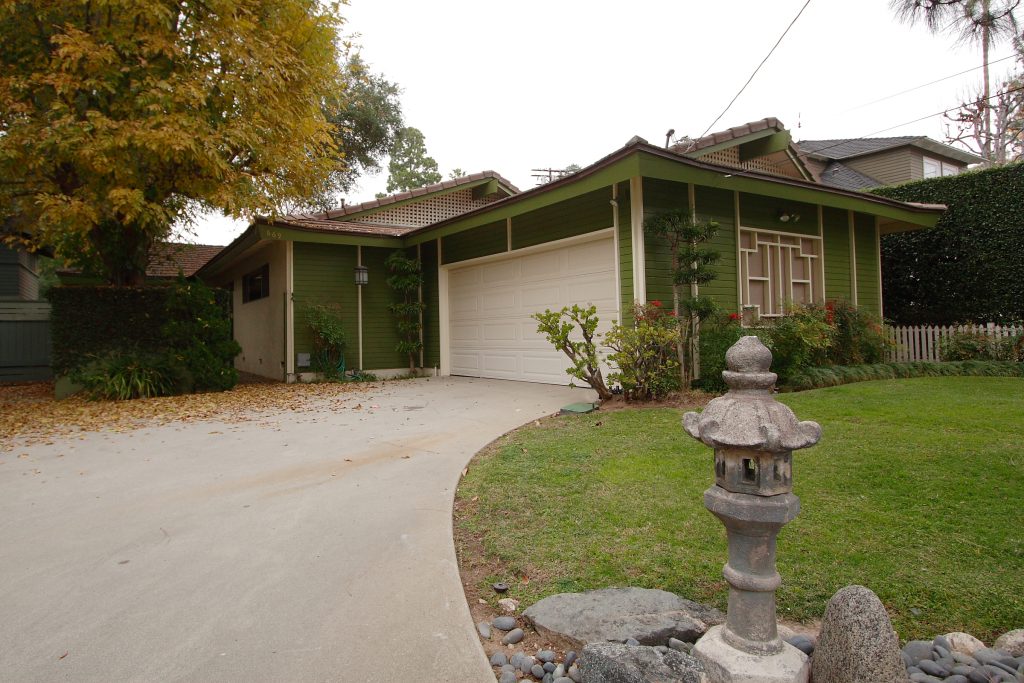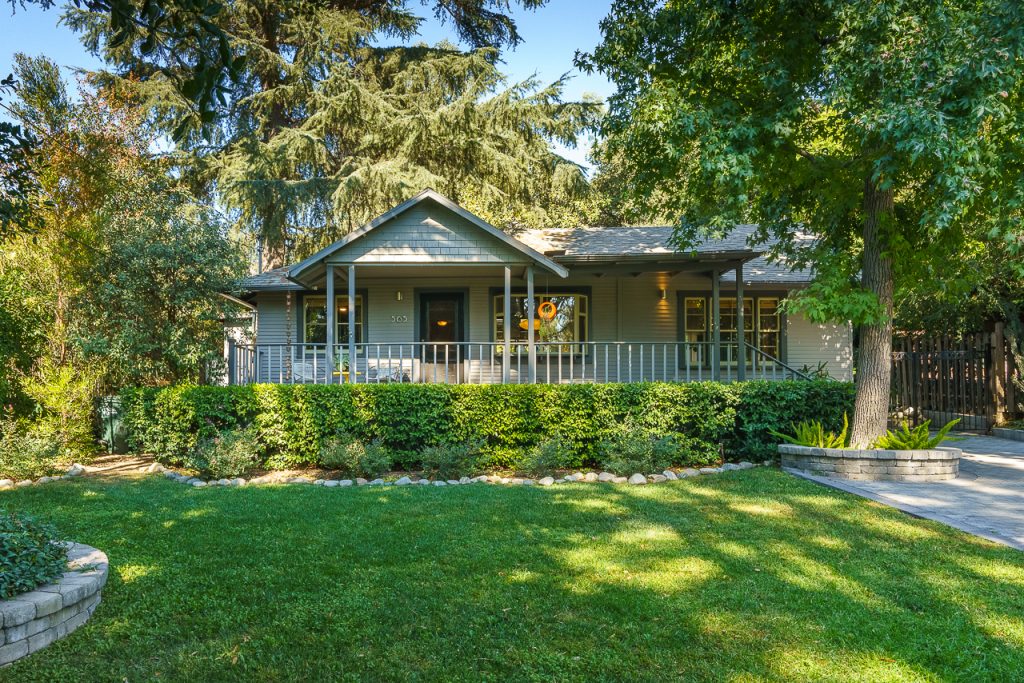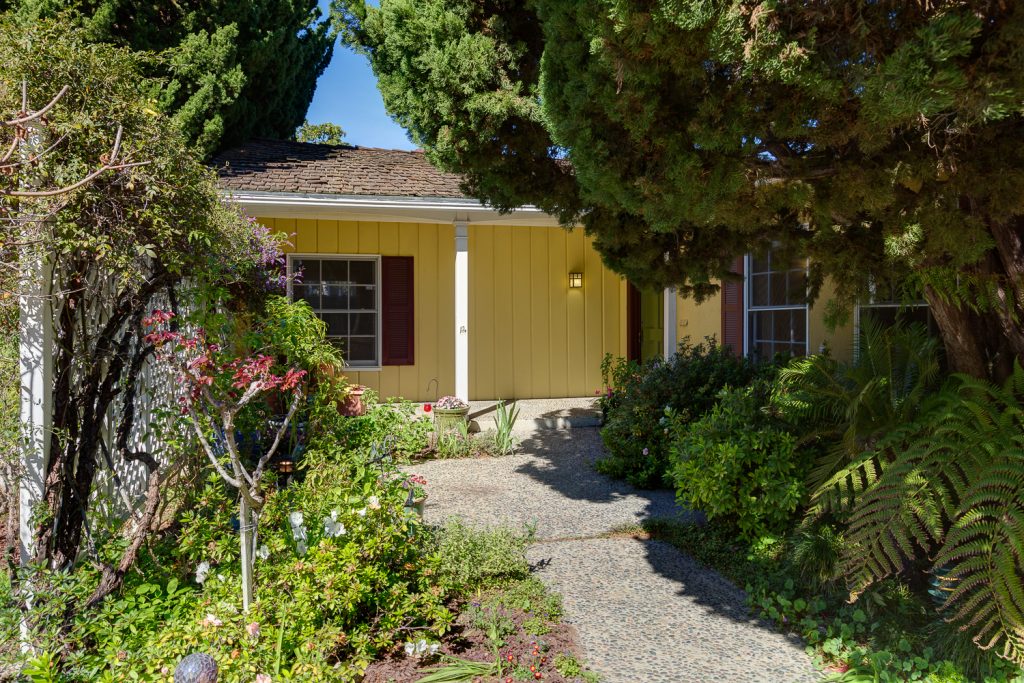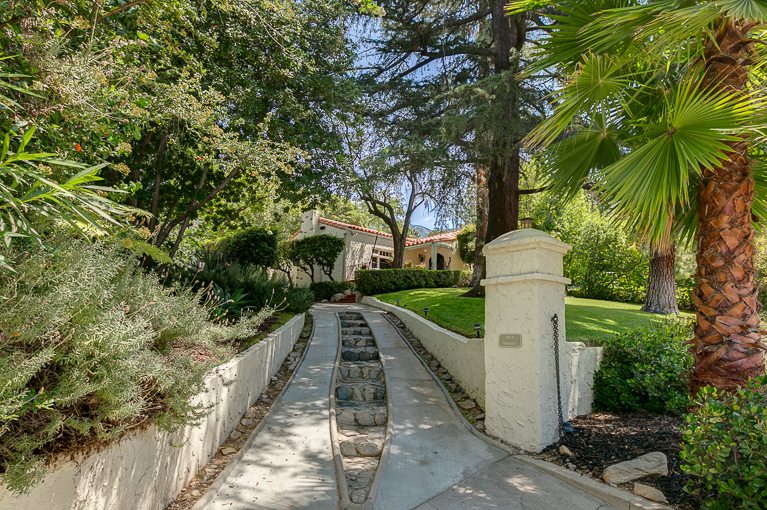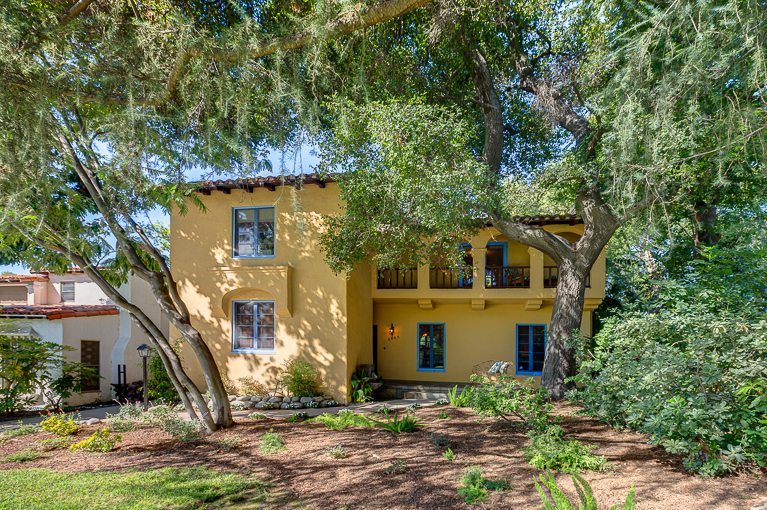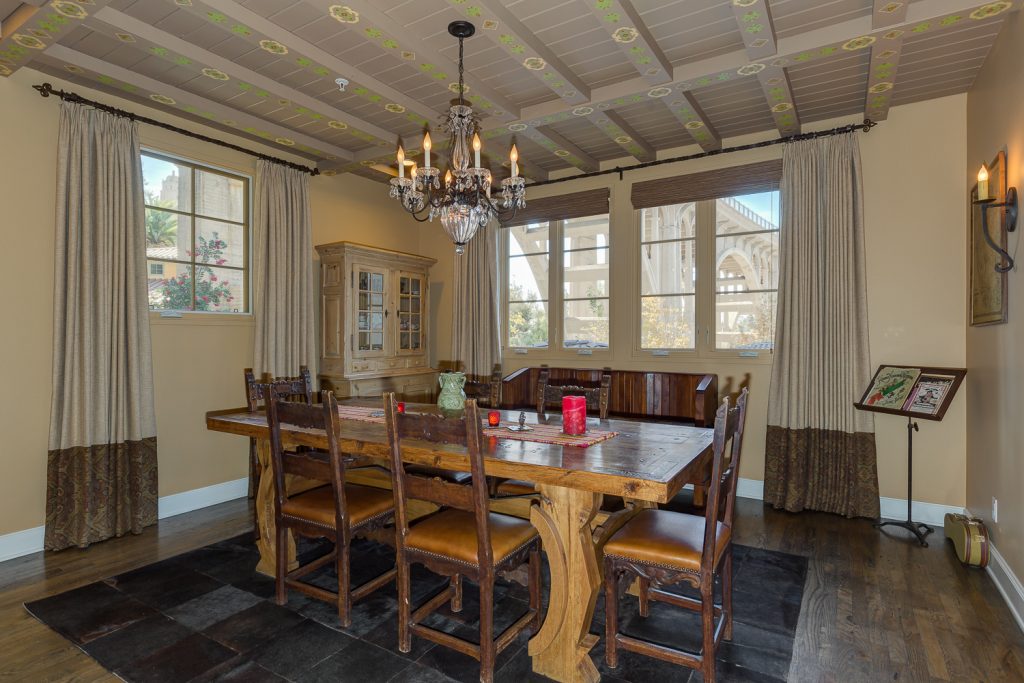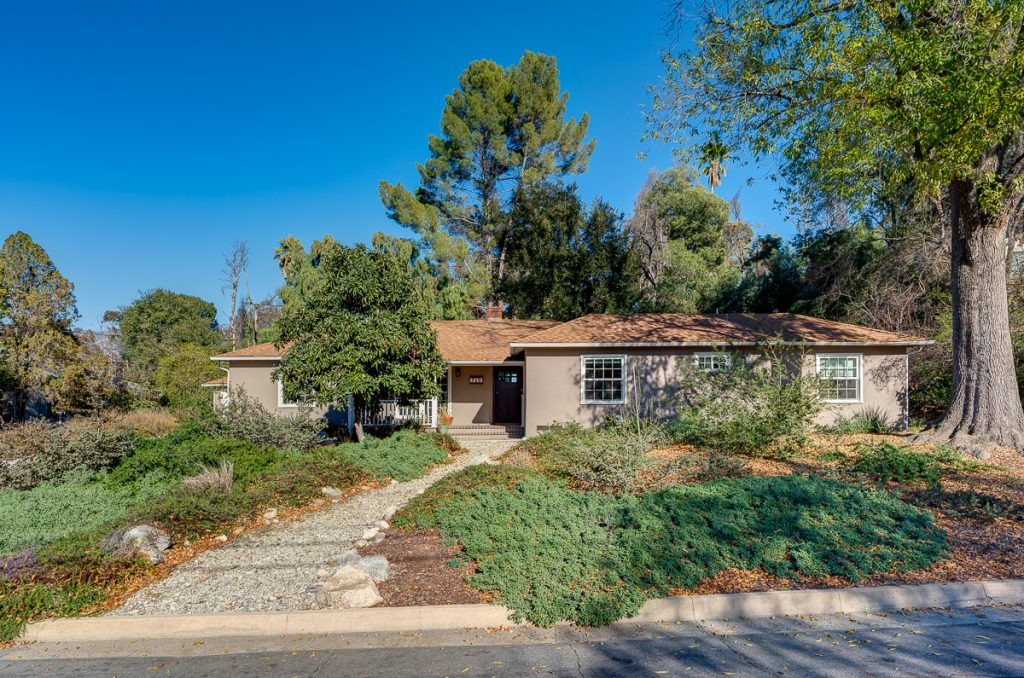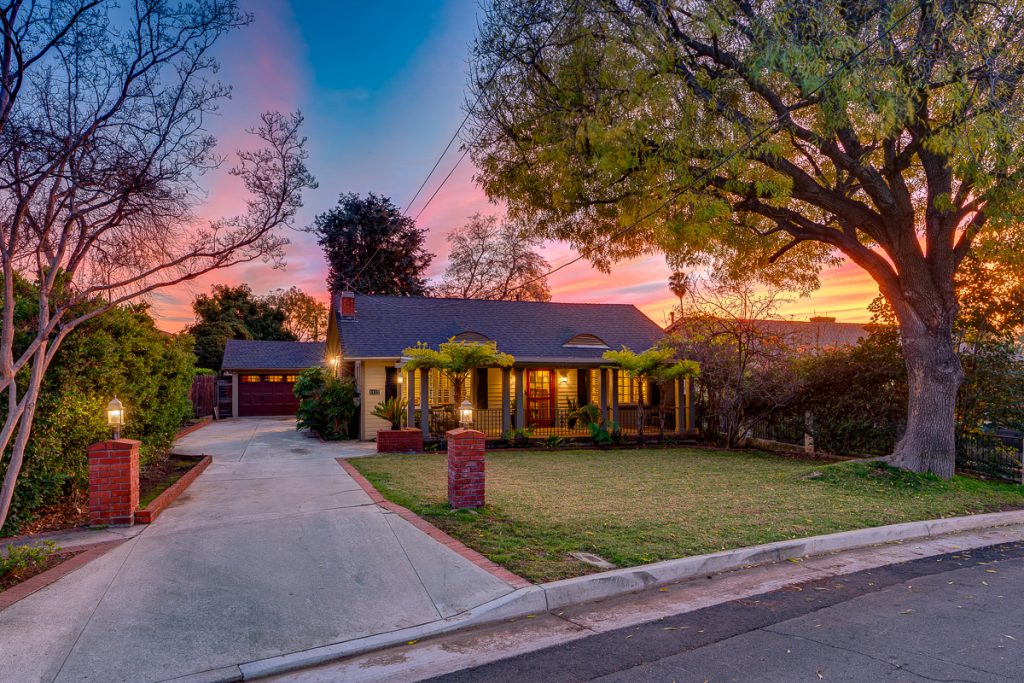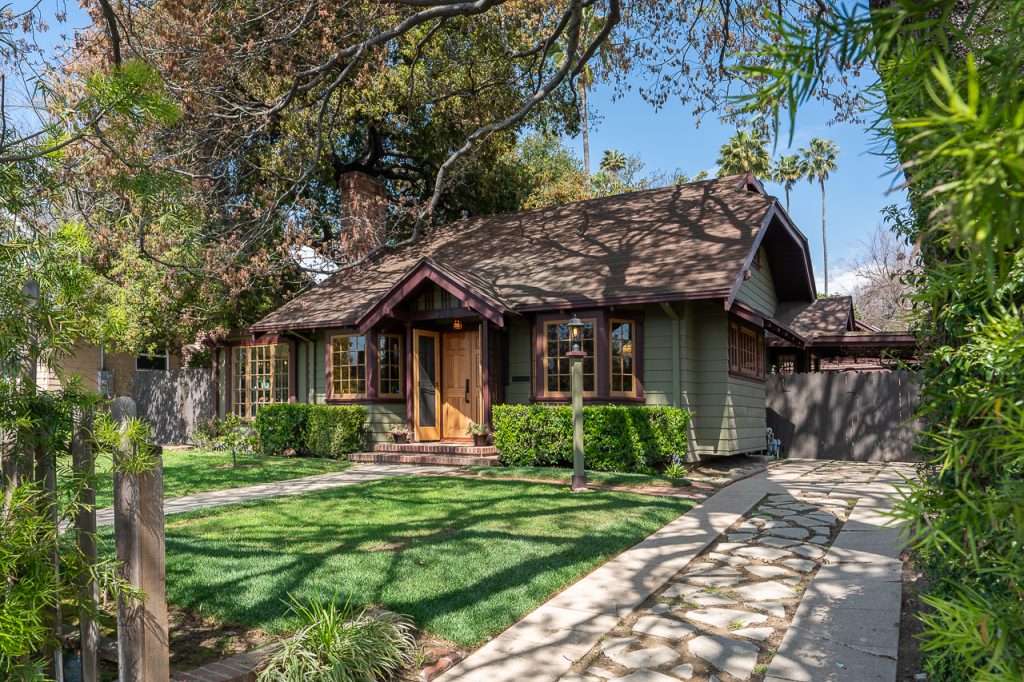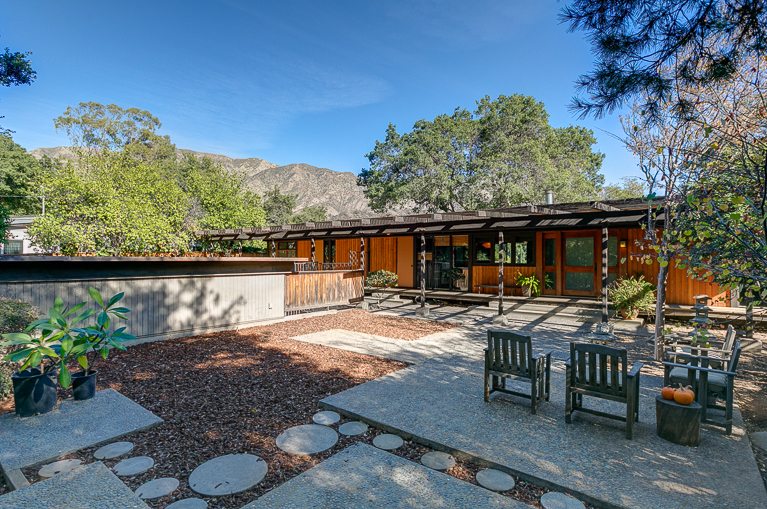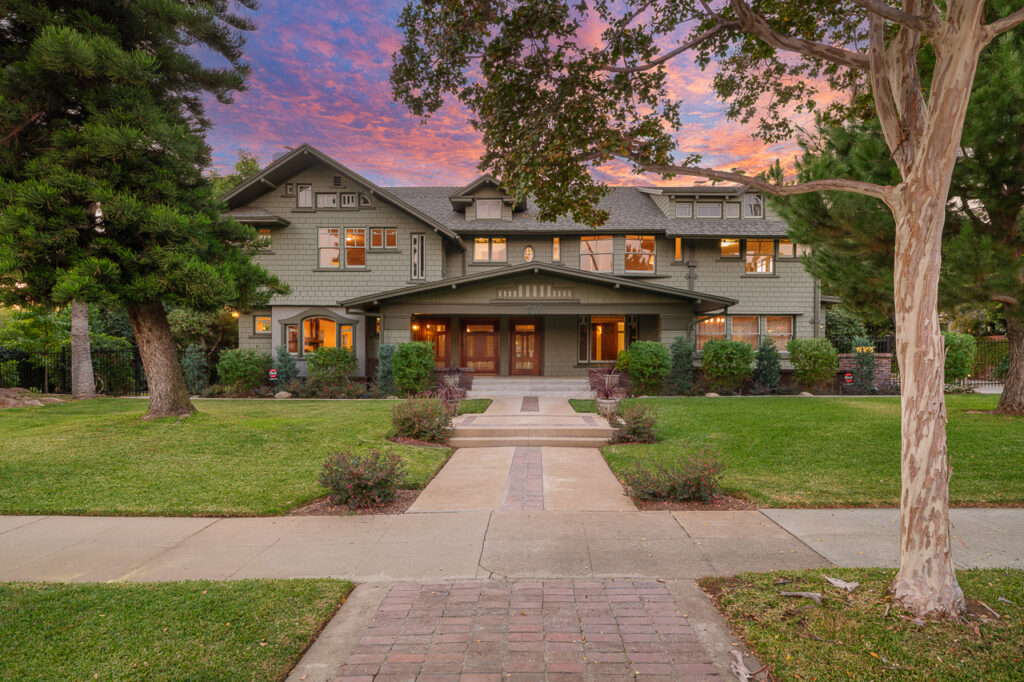Coldwell Banker
388 S. Lake Avenue,
Pasadena, CA 91101
office: 626.797.6500
Email: [email protected]
Shortage Of California Homes Up For Sale
For the first time in about five years, I got a call from a real estate agent Friday asking me if I was interested in selling my home.
Matt Hoffman of San Mateo says he has had two real estate people come by his home in the past month asking if he wanted to sell because if he did, they had buyers interested. “I said thanks but basically no,” says Hoffman.
After years of having too many homes and not enough buyers, agents in California now have the opposite problem – too many buyers and not enough homes for sale. Hence the cold calls from agents trying to unearth inventory.
The California Association of Realtors reported Monday that its statewide inventory of unsold homes index for existing, single-family detached homes fell to 3.2 months in August from 3.5 months in July and 5.2 months in August 2011. (The latter two numbers have been revised from previous reports.)
The index reflects the number of months needed to sell the supply of homes on the market at the current sales rate. A six- to seven-month supply is considered normal. When the number goes higher, inventory is plentiful and it’s considered a buyer’s market. When the number goes lower, the advantage goes to the seller.
Prices rise
Declining inventory helps explain why the statewide median price of an existing, single-family detached home rose to $343,820 in August, up 3 percent from July and up 15.5 percent from August 2011.
The inventory shortage “is all over the state,” says Leslie Appleton-Young, the association’s chief economist. But it’s especially severe in the Bay Area, where there wasn’t a bulge in construction during the housing bubble, there isn’t a lot of developable land and the economy is the strongest in the state, she adds.
In the Bay Area, the index was at 2.7 months in August versus 4.5 months a year ago. The lowest inventory level in the Bay Area was 0.9 month in December 2004 and the long-run average from 1992 to the present is 4.7 months, lower than the statewide long-run average of 6.5 months, Appleton-Young says.
Even the Inland Empire, scene of tremendous overbuilding, has seen a shortage develop – the region’s unsold homes index was 3.3 months in August compared with 4.5 months a year ago.
“There is no question there is a shortage of homes for sale even in places like Stockton, which not long ago had years of inventory,” says Sean O’Toole, chief executive of ForeclosureRadar.com. “Prices became very attractive in those (hard-hit) areas and provided a great return for investors and a great opportunity for first-time buyers. That inventory went away very quickly as people realized a bargain was to be had. There are not so many bargains at this point.”
Not flipping
Unlike investors who five or six years ago were buying distressed properties to flip for a quick profit, investors today “are coming in because rental yields are providing a nice rate of return,” says Lawrence Yun, chief economist with the National Association of Relators.
That means those homes probably won’t be coming on the market anytime soon.
Nationwide, the glut of homes has also evaporated. In July, there was a 6.4-month supply of homes compared with 9.3 months in July 2011. The current number is right around long-term average, but Yun says there are “acute shortages” in places such as California, Arizona Nevada and parts of Florida.
So what has become of the so-called shadow inventory of foreclosed or distressed properties that banks have supposedly been keeping off the market and could unleash at any time, causing another leg down in the housing market?
O’Toole says the shadow inventory is like a funnel. “It starts with people being underwater, some of them stop making payments, some of those end up in foreclosure.” The homes that end up in foreclosure eventually end up on the market.
“What we have seen since September 2008 is that the rate of foreclosure is slowing faster than the number of people who are delinquent and certainly faster than the number of people underwater.” In other words, the spout is getting clogged, with fewer foreclosed homes going up for sale.
Foreclosures fade
The reasons, he says, include federal regulations that allow and encourage banks to hang onto foreclosed properties longer combined with state regulations designed to slow down the foreclosure process on behalf of homeowners.
“Then you get this political climate that is antiforeclosure,” O’Toole says. “What it means for the housing market is we are not seeing a wave of foreclosures and we are not going to see a wave of foreclosures,” O’Toole says.
Many underwater
Also choking supply is the fact that so many homeowners are underwater – or owe more than their homes are worth – and unable to sell without taking a loss.
CoreLogic recently reported that the percentage of homes with mortgages underwater dipped slightly to 22.3 percent at the end of the second quarter from 23.7 percent at the end of the first quarter.
As prices rise, more homes will float above water, but it’s going to take time. Meanwhile, there are still a lot of homes that are not likely to come onto the market.
At some point, the balance will tip, but it’s hard to predict when. When banks decide prices are high enough, they will start unloading houses they have been sitting on, says Jed Kolko, chief economist with real estate website Trulia. “For developers, when prices have been stable and rising for long enough, they will want to start building. We are seeing some rebound in construction,” Kolko says.
In some parts of the country, such as San Jose, “It is back up to normal for the local market,” he adds. In other parts, such as Sacramento, “It is still way below normal.”




